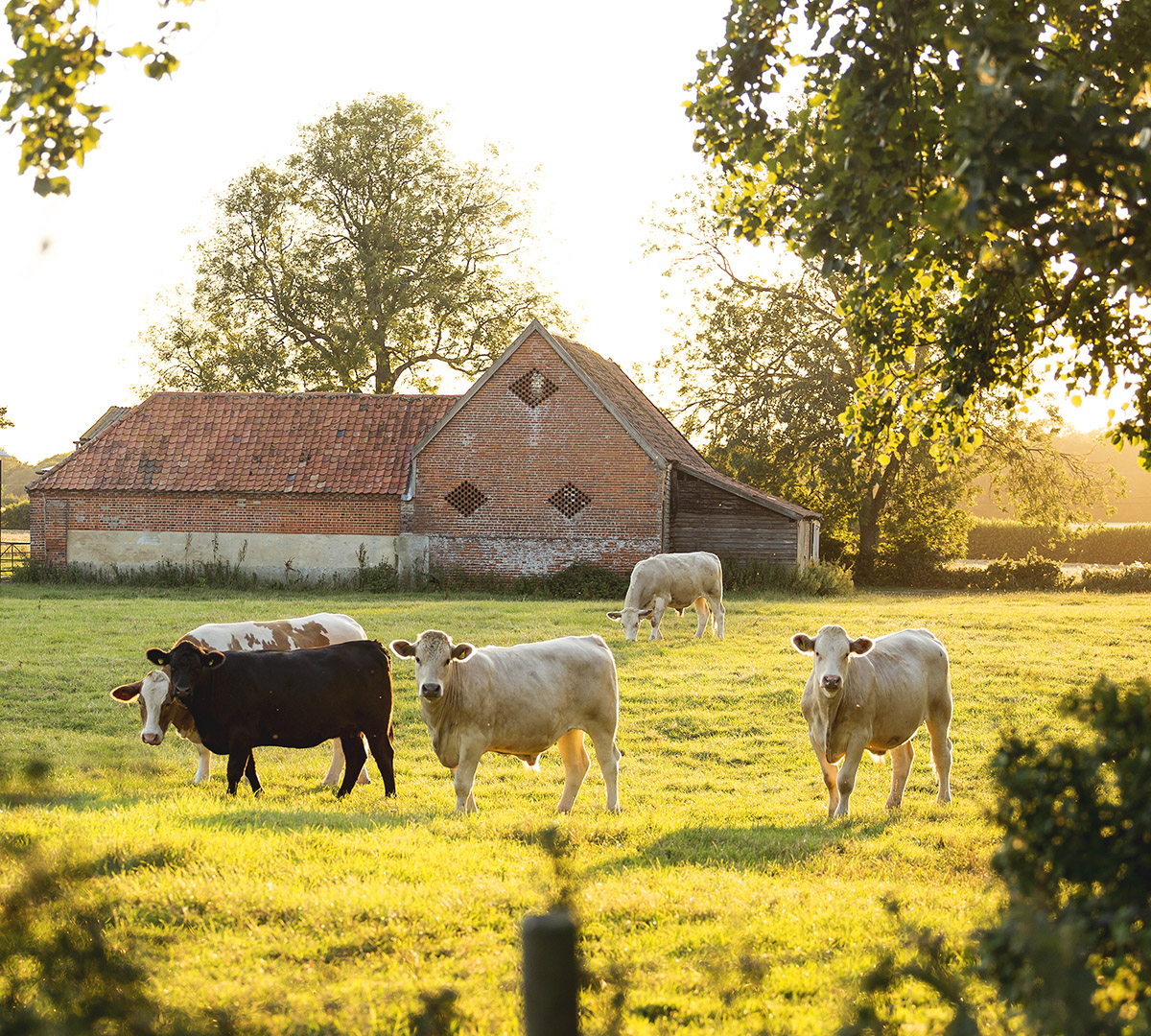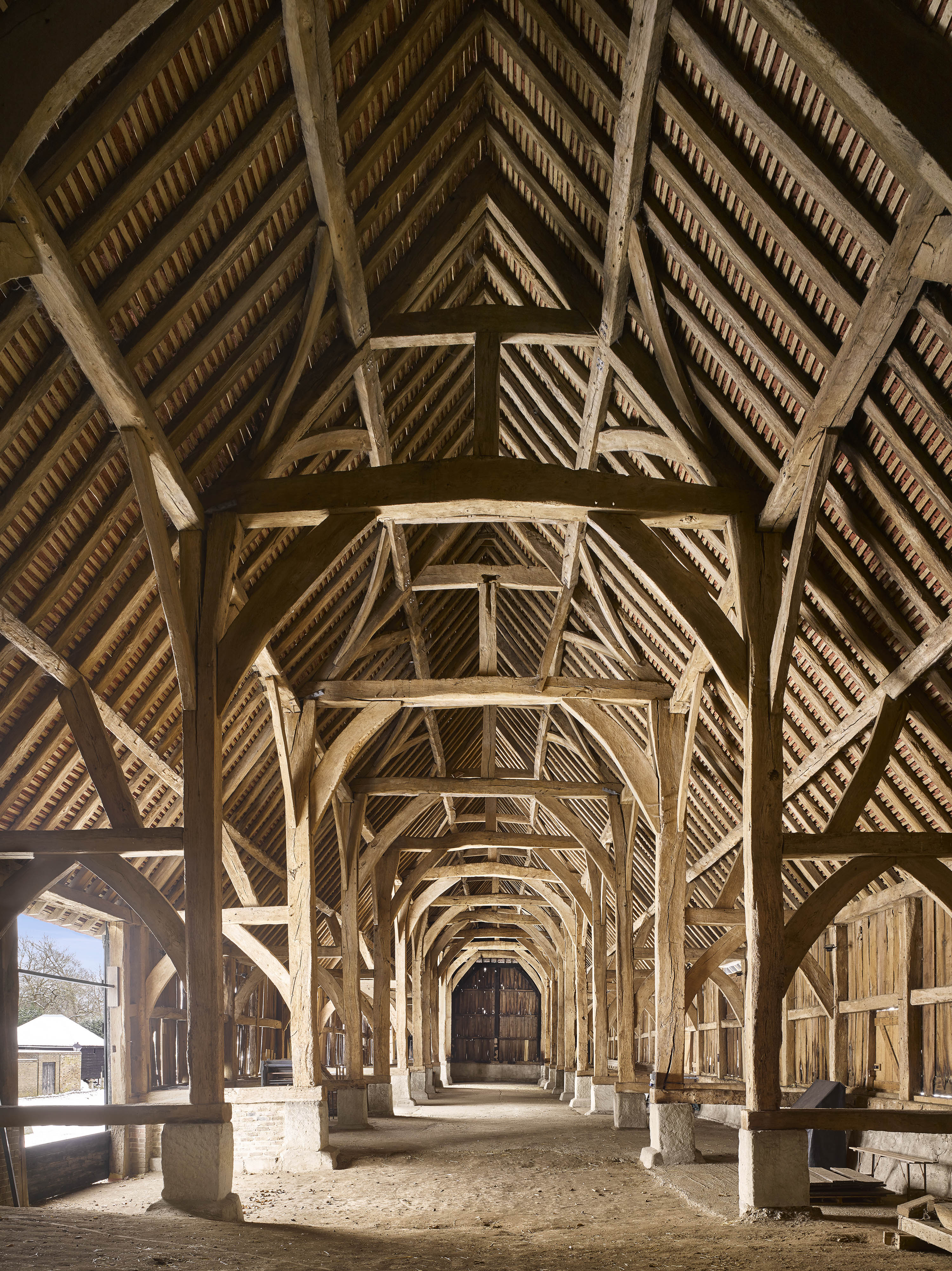How property owners and farmers can turn their barns into warehouses
In one of the great unexpected consequences of 2020's turmoil, there's a huge demand for extra warehousing — and it could be one that rural property owners turn to their advantage.


Raise your hand if you have ever given more than a passing thought to warehousing. Although it’s one of the engines that power our shopping, logistics is generally something we take for granted.
Now, however, Britain is experiencing a severe shortage of storage space, according to the UK Warehousing Association: the rise in online shopping, combined with the closure of non-essential stores in November that left stock stuck in warehouses, reduced capacity to less than 3% across the country.
The good news is that farmers and landowners can help avert this impending logistics crisis by putting some of their land or outbuildings to fruitful use. Barns and granaries could lend themselves to conversion into warehouses, with unused land in the right locations also having the potential to be developed into storage.
Savills believes demand could increase next year, with the most attractive spaces situated within farms and estates that have high levels of security and good access to the road network.
The company’s associate director of rural research, Andrew Teanby, has a few tips for people looking at diversifying into logistics. From a planning perspective, he says, 'some change of use may be possible under permitted development rights. Otherwise, local authority attitudes to commercial diversification vary.
'Check, too, for any restrictive covenants over the land or buildings, and consider whether improvements to access roads to and from the site will be required, as well as enhanced lighting and signage.'
There are other regulations which you'll have to think about too, to make sure those using the space are safe.
Exquisite houses, the beauty of Nature, and how to get the most from your life, straight to your inbox.
‘Regular health-and-safety checks are likely to be required,’ says Mr Teanby, adding that these may not be the only extra costs to budget for.
‘Non-agricultural ventures will mean reviewing insurance, especially if public liability is to be added,' he says.
And then there's the taxman. 'Changing the use of agricultural buildings can have significant tax implications,' Mr Teanby concludes.

The Great Barn at Harmondsworth: 600 years of grandeur, history and restoration, now under threat by Heathrow's third runway
The Great Barn at Harmondsworth is the largest standing medieval timber-framed structure in Britain – and it has just been restored.

Curious Questions: If not now, when?
It might be morbid to write your own obituary, says our columnist Carla Carlisle, but nobody knows your story better
Carla must be the only Italian that finds the English weather more congenial than her native country’s sunshine. An antique herself, she became Country Life’s Arts & Antiques editor in 2023 having previously covered, as a freelance journalist, heritage, conservation, history and property stories, for which she won a couple of awards. Her musical taste has never evolved past Puccini and she spends most of her time immersed in any century before the 20th.

